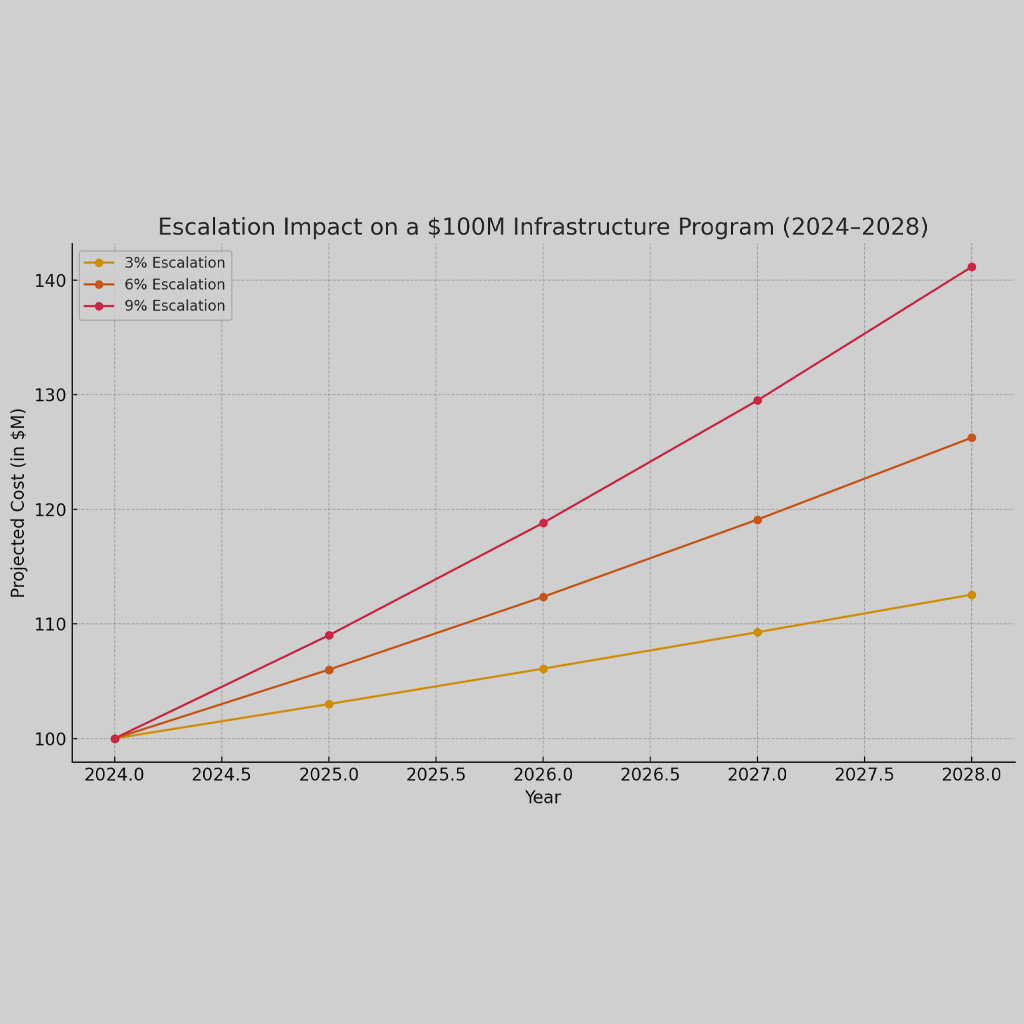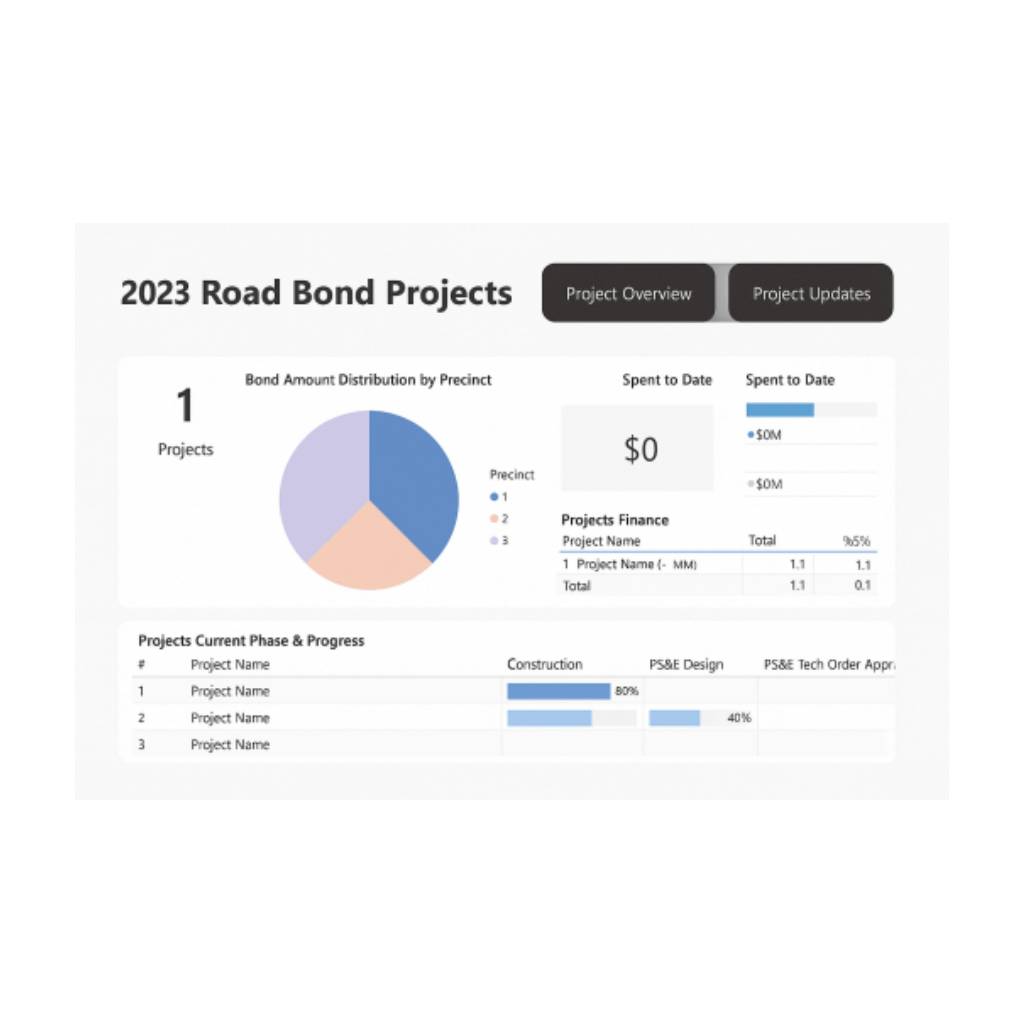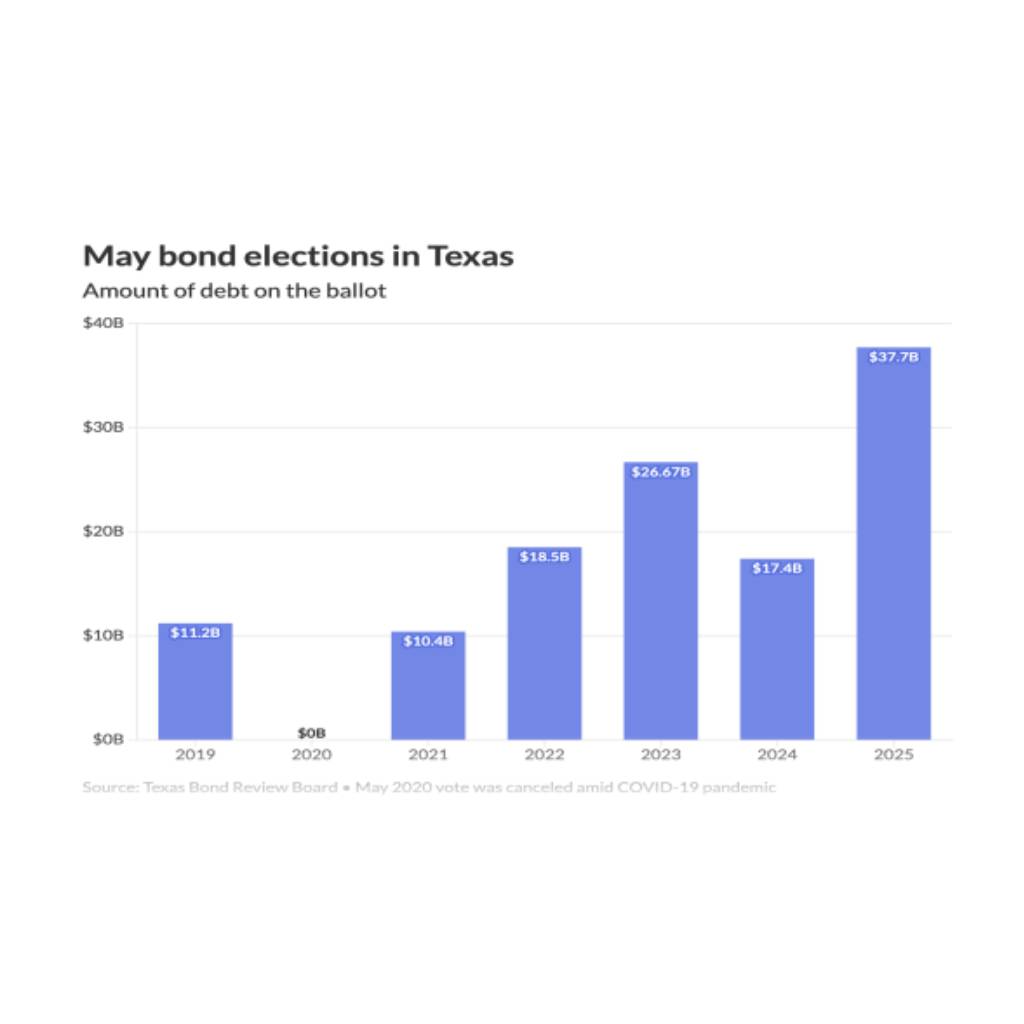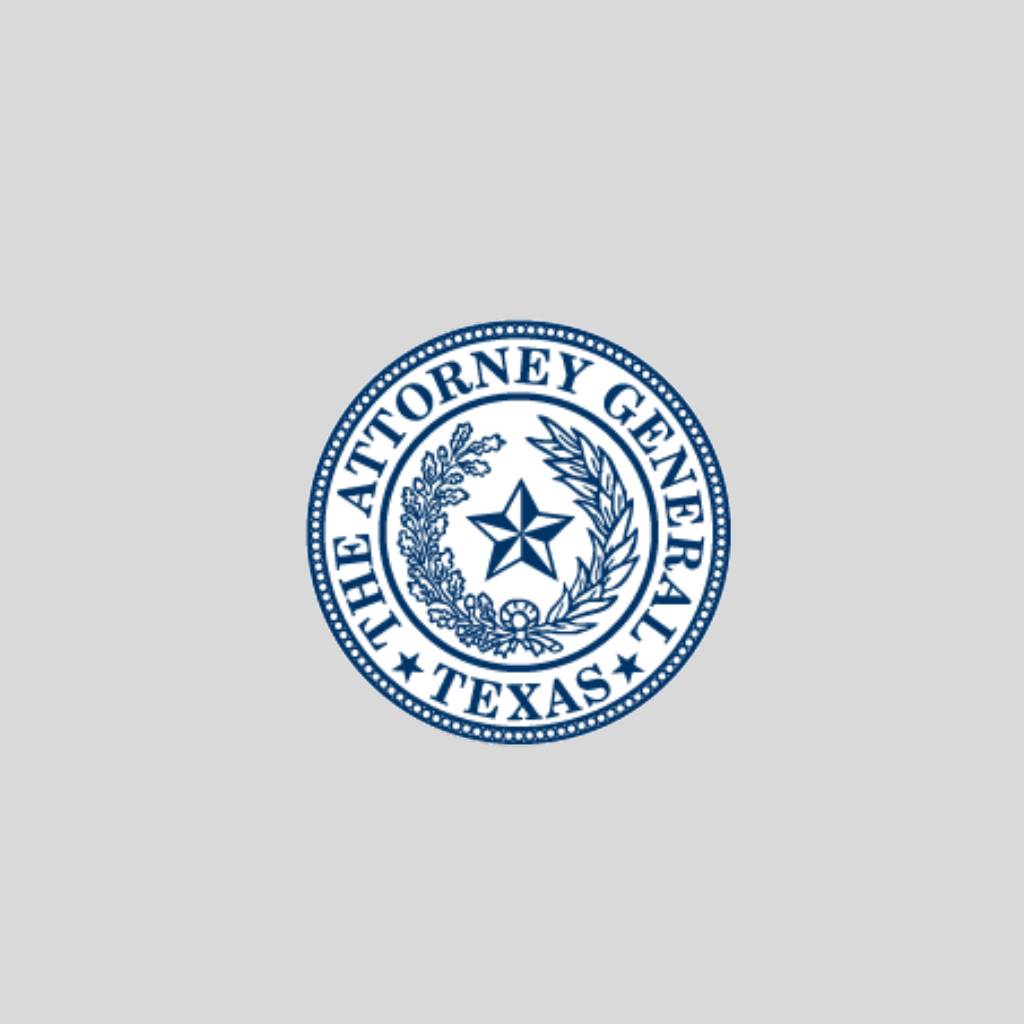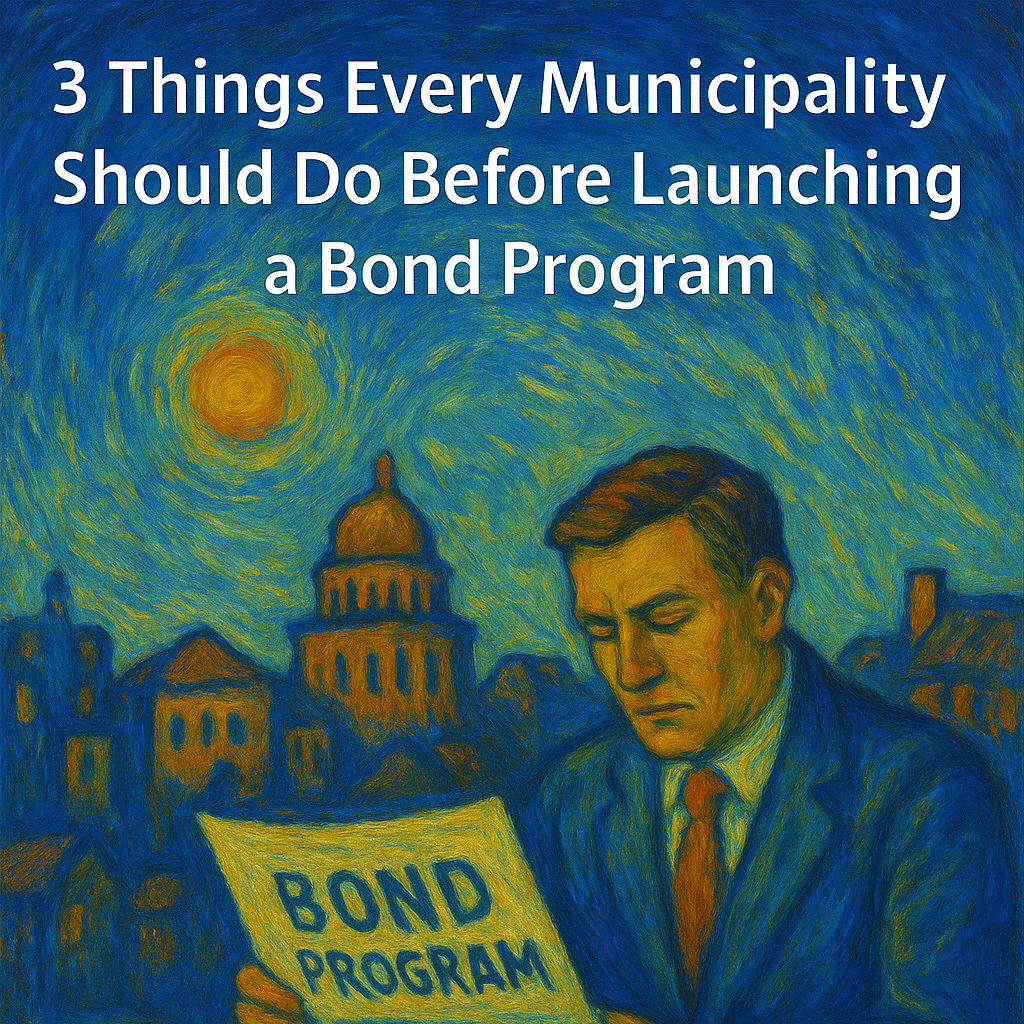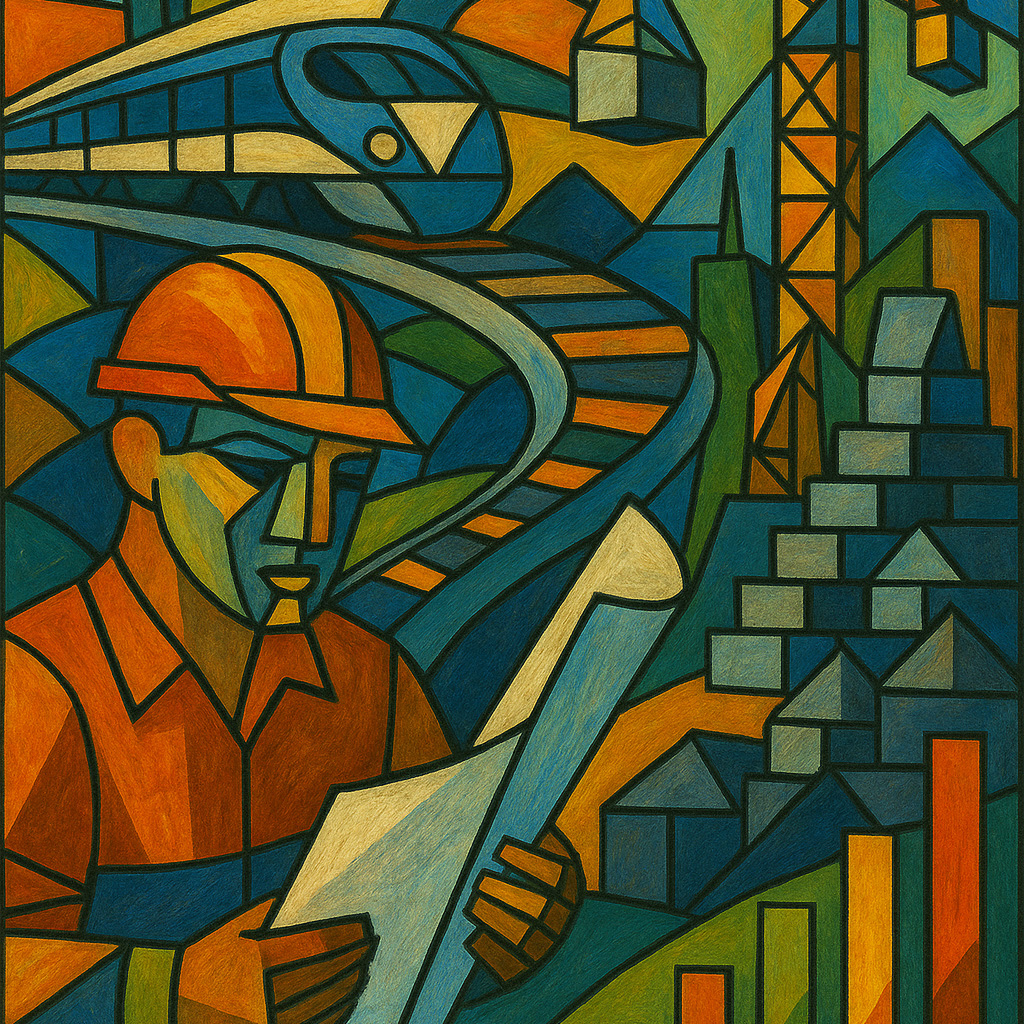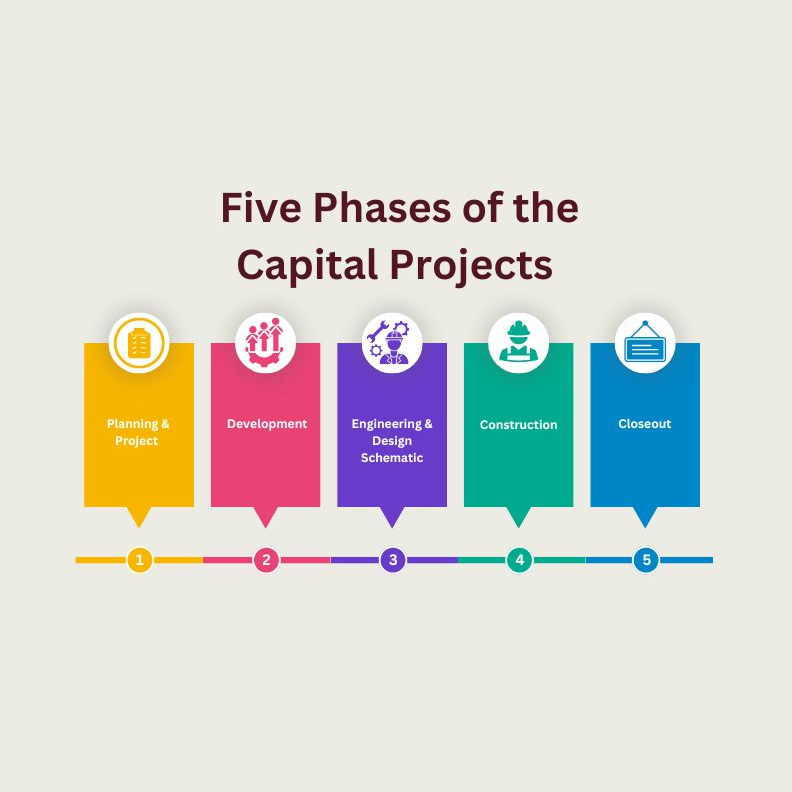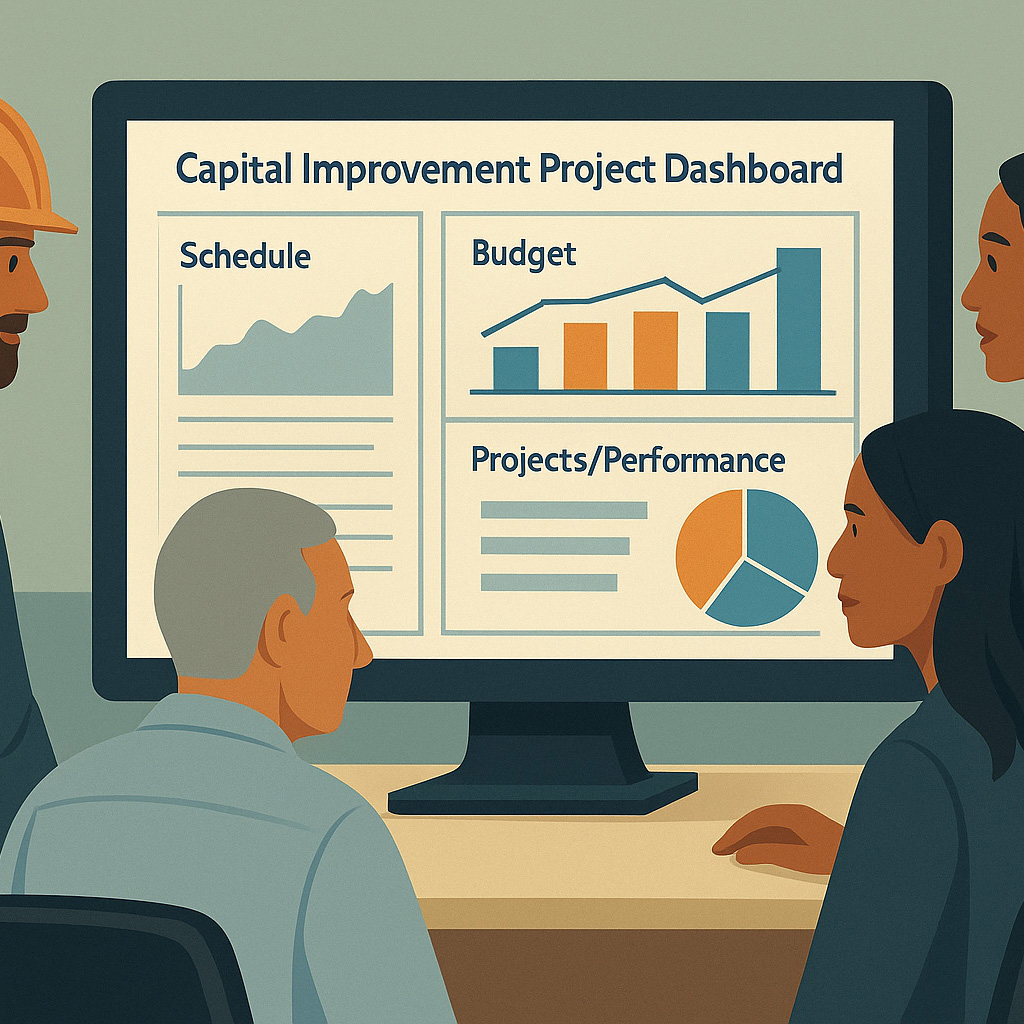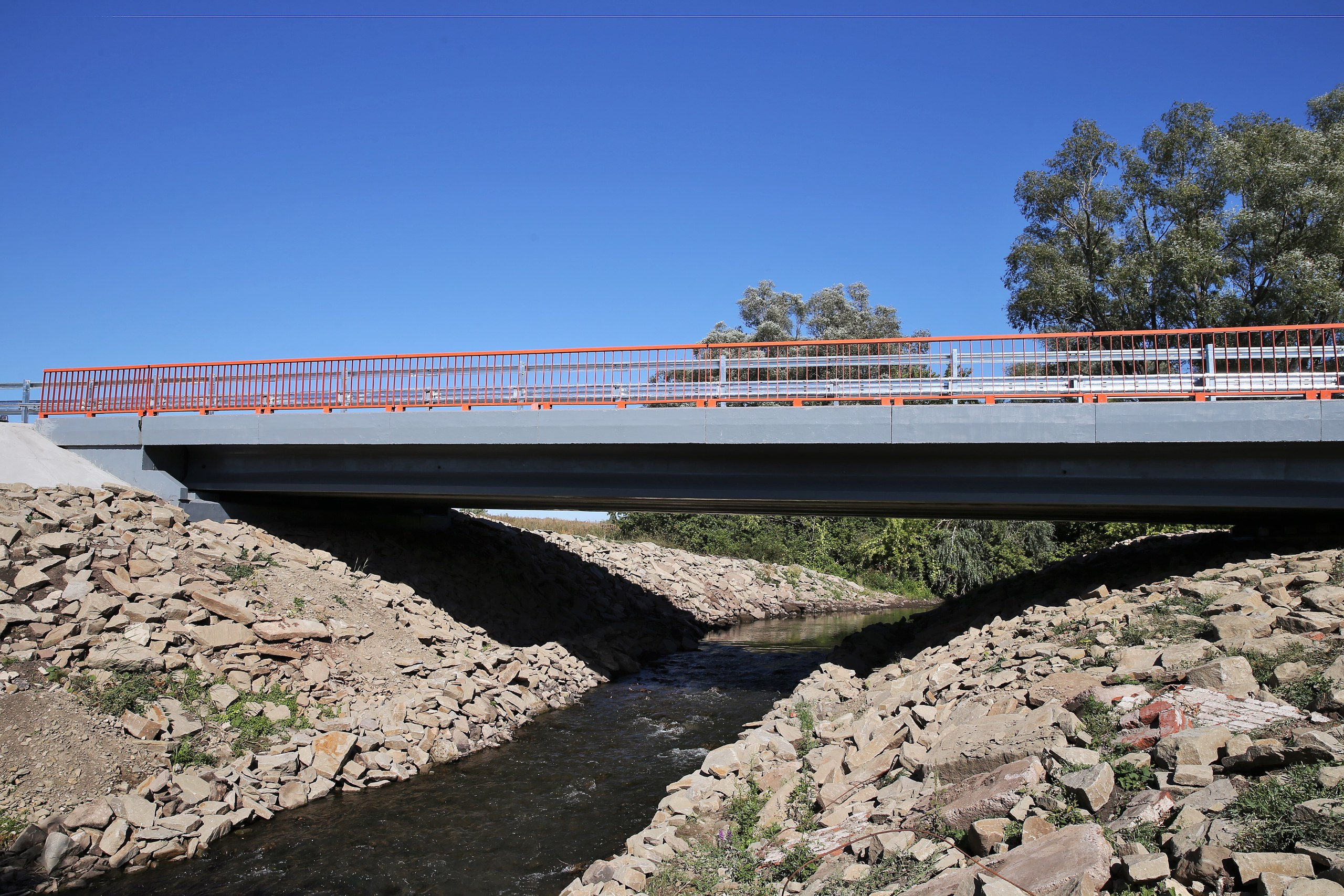Capital improvement programs (CIPs) play a critical role in the progress and modernization of societies. These initiatives necessitate substantial investments, often acquired through borrowing. The interest rate associated with such loans significantly influences the viability and sustainability of CIPs. An escalation in interest rates can result in increased borrowing costs, consequently limiting the ability of governments and businesses to fund their CIPs. To counteract the impact of rising interest rates on CIPs, three strategies can be employed:
- Optimal Financing: Governments and businesses should carefully evaluate and select the most viable and cost-effective financing options for their projects. Prioritizing projects based on their economic, social, and environmental benefits is essential. By choosing the appropriate projects and financing alternatives, governments and businesses can reduce their dependence on borrowing and minimize the risk associated with soaring interest rates. Emphasizing revenue-generating projects can further decrease overall borrowing costs. Examples include new toll roads or parking garages that generate income to cover facility costs over time. Public-private partnerships (PPPs) should also be considered, as they bring in additional capital and expertise, thereby reducing the strain on government or business resources and ensuring the long-term success and resilience of CIPs.
- Effective Debt Monitoring and Management: To alleviate the impact of rising interest rates on CIPs, diligent monitoring and management of debt are imperative. Governments and businesses should closely observe and assess debt trends and risks, formulate clear debt policies and objectives, and employ robust debt management practices. Developing debt service schedules aligned with revenue streams and project timelines can prevent the extension of debt maturity beyond the useful life of assets. Additionally, diversifying debt financing sources and minimizing exposure to variable-rate debt by securing fixed-rate debt or using interest rate swaps can prove beneficial. Maintaining a high credit rating is crucial, as it enables governments and businesses to borrow at lower interest rates and attract more investors, ultimately reducing the cost of debt financing and increasing capital availability. To preserve a strong credit rating, transparent and timely financial reporting, adherence to debt policies and goals, and sound fiscal management practices must be upheld. Prudent budgeting, tax policies, and user fees that reflect the actual cost of services and infrastructure can enhance revenue streams and reserve levels.
- Strengthening Revenue Streams: Identifying and implementing new or underutilized revenue sources supporting CIPs can mitigate the effects of rising interest rates by reducing reliance on debt financing. Governments and businesses can explore options such as impact fees, value capture, and tax increment financing to harness the increased value generated by CIPs. Alternative financing mechanisms like green bonds, social impact bonds, and crowdfunding can also be considered to raise funds for CIPs. These methods can attract new capital sources, boost public engagement and support, and lower borrowing costs.
In conclusion, surging interest rates can profoundly impact the feasibility and sustainability of capital improvement programs. To mitigate the effects of rising interest rates on CIPs, governments and businesses must optimize financing, effectively monitor and manage debt, and bolster revenue streams. Implementing these strategies can reduce borrowing costs, increase revenue streams, and ensure the long-term success and resilience of capital improvement programs.

